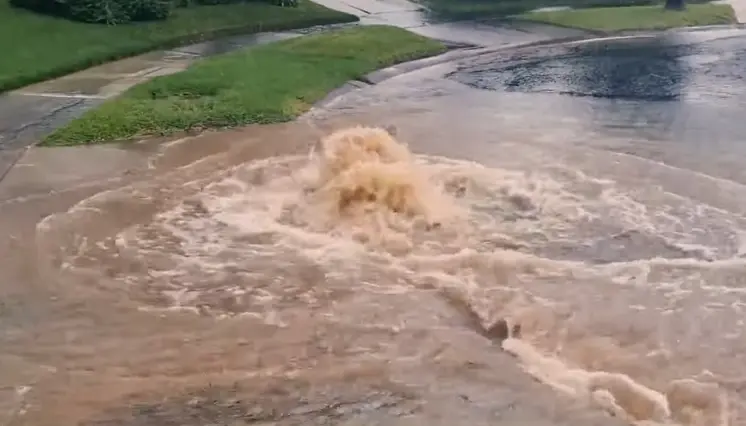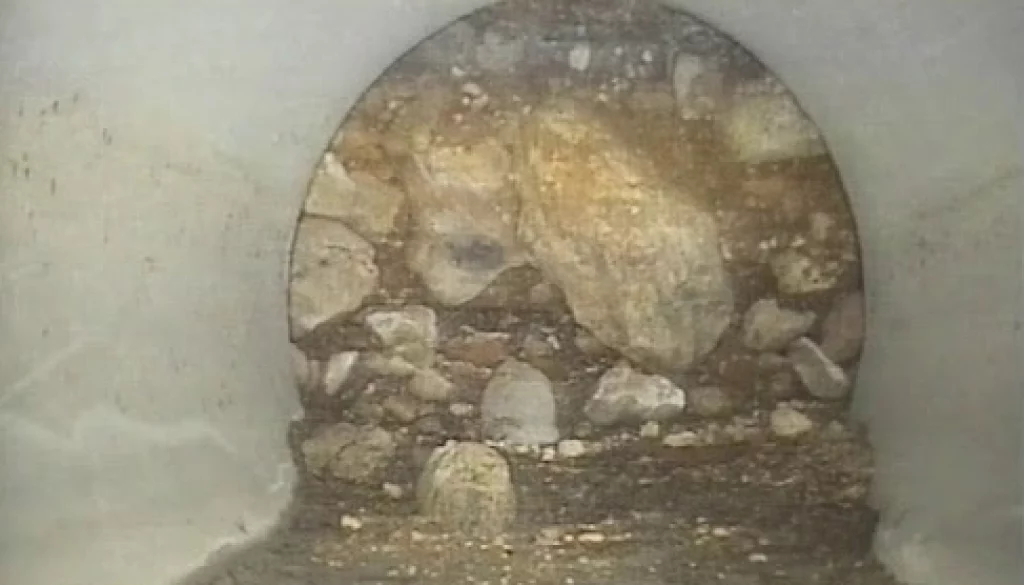Sewer Blockage
A sewer blockage is one of the most unpleasant problems that we can face in a pipe.
It is important to be aware of the signs of a blocked sewer so that action can be taken before it becomes a bigger problem.
In this article, we’ll discuss what a sewer blockage is, the causes, signs, and solutions, as well as SEWDEF services, prevention, and best practices to help maintain the sewer.
Understanding the causes of a sewer blockage
Sewer blockages can be caused by a variety of things, including miscellaneous objects, roots, or grease that has built up in the pipes over time:
-
Tree Roots: Tree roots are a common cause of sewer blockages. As trees grow, their roots can extend far underground and can eventually infiltrate sewer pipes. Once inside the pipes, the roots can grow and cause blockages.
-
Grease and Fat: Grease and fat can accumulate inside your sewer pipes, causing blockages over time. When grease and fat are poured down the drain, they can solidify and stick to the inside of the pipes, causing a buildup that can eventually lead to a blockage.
-
Foreign Objects: Objects such as sanitary napkins, baby wipes, and other non-degradable items can cause blockages in your sewer pipes.
In some cases, sewer blockages can even become completely blocked, causing flooding and expensive repairs.
To prevent these problems from occurring, regular maintenance should be performed, such as regular inspections of pipes, drains, and debris removal.
Sewer blockage signs
The most obvious sign of a sewer blockage is water backing up and overflowing down your drains.
You may also notice a bad smell coming from the drains or a drop in water pressure.
If you notice a lush patch of grass or vegetation near a sewer line, it may indicate a leak caused by a blockage.
This is because the wastewater can act as a fertilizer for the plants.

If any of these signs are experienced, it is important to act quickly to prevent further damage. To prevent future sewer clogs, it’s important to be aware of what materials go down the drain.
Avoid items that are not designed to be flushed down the toilet, such as paper towels, facial tissues, diapers, and hygiene products, as they can all cause clogs.
Is a Blocked Sewer an Emergency?
When it comes to blocked sewers, time is of the essence. It is important to identify the problem quickly and fix it immediately.
If the blockage is not controlled, it can cause serious damage. A blocked sewer line can also lead to clogs and can cause flooding and water damage.
SEWDEF and how to prevent future sewer blockages
Our SEWDEF service is an automatic defect detection system in sewerage networks based on artificial intelligence and artificial vision. Analyzes sewer network videos for defects such as sewer blockages.
To known more about the SEWDEF system:
These types of sewer inspections are the most cost-effective way to pinpoint the exact location of the problem. With this information, you can act quickly.
Remember that this system is respectful with the environment, since there is no excavation for the simple hypothesis that the problem is in a certain point.
Conclusion
The best way to prevent a sewer blockage is to be aware of the things that can cause it. A sewer blockage is something that should be taken seriously.
Preventing clogs is key to avoiding future issues. This includes avoiding flushing non-degradable items down the toilet, properly disposing of grease and oil, and regularly maintaining the pipes, we will avoid sewage overflow with all the consequences that this entails.
We hope this article has been useful to you. If you have an engineering project in your hands and you think we can help you, here is the link where you can contact us and explain more about it.

